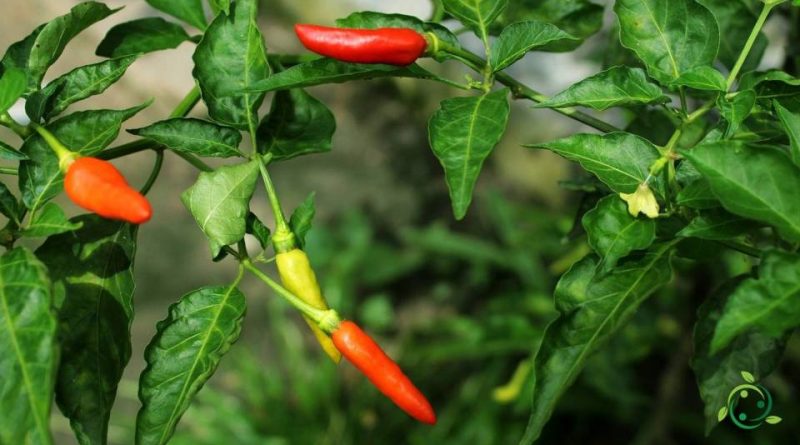How chili peppers reproduces
How chili peppers reproduces
Chilli is a plant of the genus Capsicum (Capsicum annuum L.) from which both peppers and chillies are obtained.
This species is today the most cultivated in the world among the five main species of the genus Capsicum.
This plant is native, with its probable wild progenitor Capsicum annuum var. aviculare (chiltepin), of an area between Brazil and Bolivia.
Already at the arrival of the Spaniards in Mexico, according to the historian Bernardino de Sahagún who lived around 1529, the Aztecs had developed several varieties of Capsicum annuum.
This species is the main cultivated in China, Korea, India, Italy, Mexico, the archipelago of Malaysia, Hungary.
In Italy it is grown in all regions.
The main method of multiplying chillies, for amateur use, is to store the seeds in the fruits of the previous year to use them later in the spring.
For the details of the complete cultivation technique, please refer to the following sheet.
Propagation –
For the propagation of chillies, you can start from seeds purchased in specialized stores or online or by keeping some fruits the previous year and then use the seeds in the following season.
In this case it is necessary to collect the fruits, for the conservation of the seeds, when they are ripe and dry them in a shady and airy place.
At the end of winter, the fruits should be opened, taking care to recover as many seeds as possible and allowing them to dry further in a container with a wide base and in an airy environment.
In the period of March, when it is certain that there will be no return of cold, the seeds must be sown in a protected seedbed.
The seedbed can also be a box or a very large pot (or more) in which a mixture of peat and sand has been placed in the ratio of 1: 2.
During the first phase it is recommended to water with a nebulizer until the seedlings have reached about 8-10 cm.
Transplanting outdoors must be carried out when temperatures are permanently above 15 ° C. the soil where to plant the peppers must be loose (the type of substrate used for sowing is still good) to which to add earthworm humus or other organic substance, free from water stagnation and in a sunny position.
After planting, the soil must be tucked up and kept clean from weeds; it is also useful to tie the plants to stakes if necessary.
Remember that chilli can also be grown in large pots.
In the open field, the seedlings must be placed at a distance of at least 30 cm.
Generally a distance of 30 cm in the row and 60 cm between the rows is recommended.

